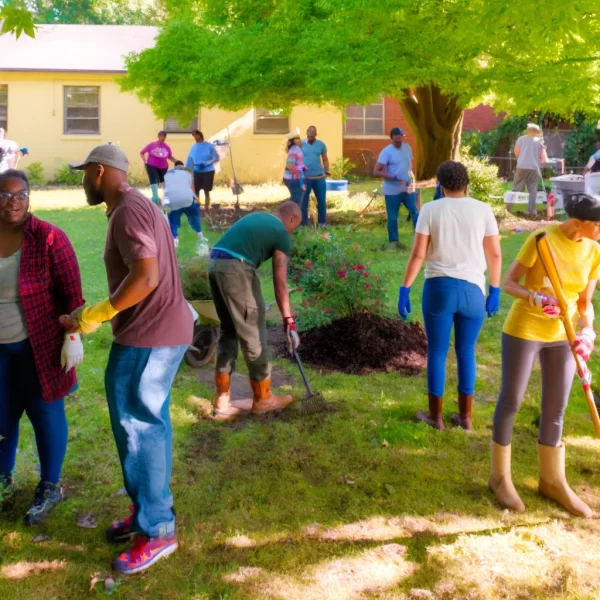Initiating Community Self-Reliance Efforts

In an era marked by global challenges such as climate change, economic instability, and health crises, the concept of community self-reliance has gained significant traction. Community self-reliance refers to the ability of a community to meet its own needs independently, without relying heavily on external resources or support. By fostering self-reliance, communities can become more resilient, sustainable, and empowered to address local challenges effectively. Here’s a comprehensive guide on how to initiate community self-reliance efforts:
- Assess Community Needs: The first step in promoting self-reliance is to understand the unique needs and strengths of the community. Conduct surveys, hold community meetings, and engage with local stakeholders to identify areas where support and resources are lacking, as well as existing assets that can be leveraged.
- Promote Education and Skill Development: Empower community members by providing access to education and skill development opportunities. Offer training programs, workshops, and vocational courses that equip individuals with the knowledge and skills needed to become self-reliant in areas such as agriculture, entrepreneurship, renewable energy, and sustainable practices.
- Encourage Local Economic Development: Foster economic independence by promoting local entrepreneurship and small-scale enterprises. Support the establishment of cooperatives, community-owned businesses, and markets where locally produced goods and services can be exchanged. Encouraging patronage of local businesses helps circulate wealth within the community and reduces dependence on external markets.
- Facilitate Resource Sharing and Collaboration: Encourage collaboration and resource sharing among community members to maximize efficiency and minimize waste. Establish community gardens, tool libraries, and sharing networks where residents can pool resources, knowledge, and skills to meet collective needs. Collaboration fosters a sense of solidarity and strengthens social ties within the community.
- Invest in Sustainable Infrastructure: Develop sustainable infrastructure that reduces reliance on external resources and mitigates environmental impact. Invest in renewable energy sources such as solar panels, wind turbines, and micro-hydro systems to provide clean and affordable energy to the community. Implement water harvesting techniques, eco-friendly waste management systems, and green building practices to promote environmental sustainability.
- Support Local Food Systems: Strengthen local food systems by promoting food sovereignty and sustainable agriculture practices. Encourage the cultivation of community gardens, urban farms, and agroforestry projects that provide fresh, nutritious food while reducing dependence on imported goods. Support initiatives such as farmers’ markets, community-supported agriculture (CSA) programs, and food cooperatives that prioritize local food production and distribution.
- Foster Social Cohesion and Resilience: Build social cohesion and resilience within the community by fostering a culture of mutual support and cooperation. Organize community events, cultural festivals, and volunteer initiatives that bring residents together and celebrate diversity. Establish community-led emergency response teams and disaster preparedness plans to effectively respond to crises and natural disasters.
- Advocate for Policy Changes: Advocate for policy changes at the local, regional, and national levels that support community self-reliance initiatives. Lobby for legislation that promotes sustainable development, equitable access to resources, and decentralized governance structures that empower communities to make decisions that affect their well-being.
- Evaluate and Adapt: Continuously evaluate the effectiveness of self-reliance efforts and adapt strategies based on feedback and changing circumstances. Monitor key performance indicators, gather community feedback, and conduct regular assessments to measure progress and identify areas for improvement.
- Celebrate Achievements and Inspire Others: Recognize and celebrate achievements along the journey towards community self-reliance. Highlight success stories, share best practices, and inspire other communities to embark on similar initiatives. By showcasing the positive impact of self-reliance efforts, you can inspire others to take action and create positive change in their own communities.
In conclusion, initiating community self-reliance efforts requires a holistic approach that addresses the diverse needs and strengths of the community. By promoting education, economic development, collaboration, sustainability, and social cohesion, communities can become more resilient, empowered, and self-reliant in the face of challenges. By working together towards a common vision of self-reliance, communities can create a brighter and more sustainable future for all.



